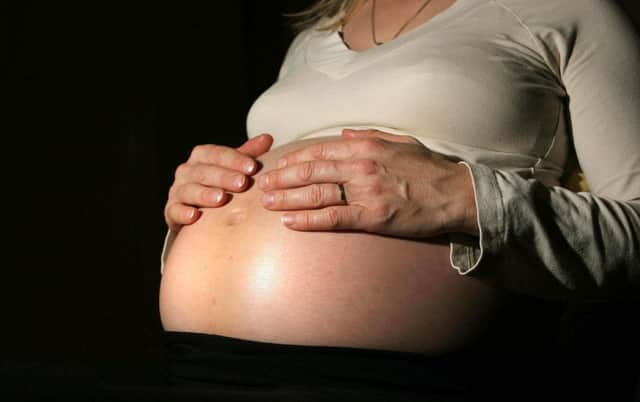UK riskier than Belarus for women childbirth death


Save the Children’s annual State of the World’s Mothers report placed the UK in 24th place globally in the best places to be a mother – the third year in a row the country has failed to make the top ten. It is a slight improvement on 2014, however, when it was 26th.
Norway, Finland and Iceland were first, second and third respectively. The UK – which has not made the top ten since 2012 – was also behind Spain, Slovenia, Israel and Greece.
Advertisement
Hide AdAdvertisement
Hide AdThe United States was even further behind in 33rd place, while Somalia remained last for the second year running. All but two of the 11 bottom-ranked countries in the world were in west and central Africa.
The 2015 report found that women in the UK face a one in 6,900 lifetime risk of maternal death – far greater than Poland (one in 19,800), Austria (one in 19,200) and Belarus (one in 45,200). In the US, the figure was one in 1,800 – the worst of any developed country.
The charity also calculated that a child born in the UK is more than twice as likely to die before the age of five as in Iceland or Luxembourg, with the UK having a child mortality rate of 4.6 per 1,000 births, and the other two countries having 2.1 and 2.0 respectively.
Data from sources including United Nations agencies is used by Save the Children to create the index. Countries are then ranked on five key factors: risk of maternal death, under-five mortality rate, educational status, economic achievement and political status.
High-risk pregnancies in the UK are thought to be linked to obesity, IVF treatment, social deprivation, multiple pregnancies as well as increased maternal age and poorer access to healthcare, especially in some ethnic minority communities and among asylum seekers.
This year’s report also evaluates the health disparities between the rich and poor living in some of the world’s major cities. It found that while cities are home to the wealthiest and healthiest people in a country, they are also home to some of the poorest and most marginalised families on Earth.
The countries showing the greatest survival divide between wealthy and poor urban children included Rwanda, Cambodia, Kenya, Vietnam and Peru.
It found that survival gaps have, in relative terms, roughly doubled in the cities of Kenya, Rwanda and Malawi despite these countries’ overall success in saving more children’s lives.
Advertisement
Hide AdAdvertisement
Hide AdMeanwhile, in a ranking of child survival in 25 capital cities in the world’s wealthiest countries, Washington DC came last, followed by Vienna and Swiss capital Bern.
But the report also uncovered some good news, identifying a number of cities that are making significant survival gains for even the poorest mothers and children, including Kampala in Uganda, Ethiopia’s capital Addis Ababa, and Cairo.
Save the Children International’s chief executive, Jasmine Whitbread, said: “We urgently need to close the gap in life chances for mothers and children so that no matter where they live, everyone has a fair chance to survive and fulfil their potential.
“For babies born in many of the world’s fast-growing cities, it’s survival of the richest.”